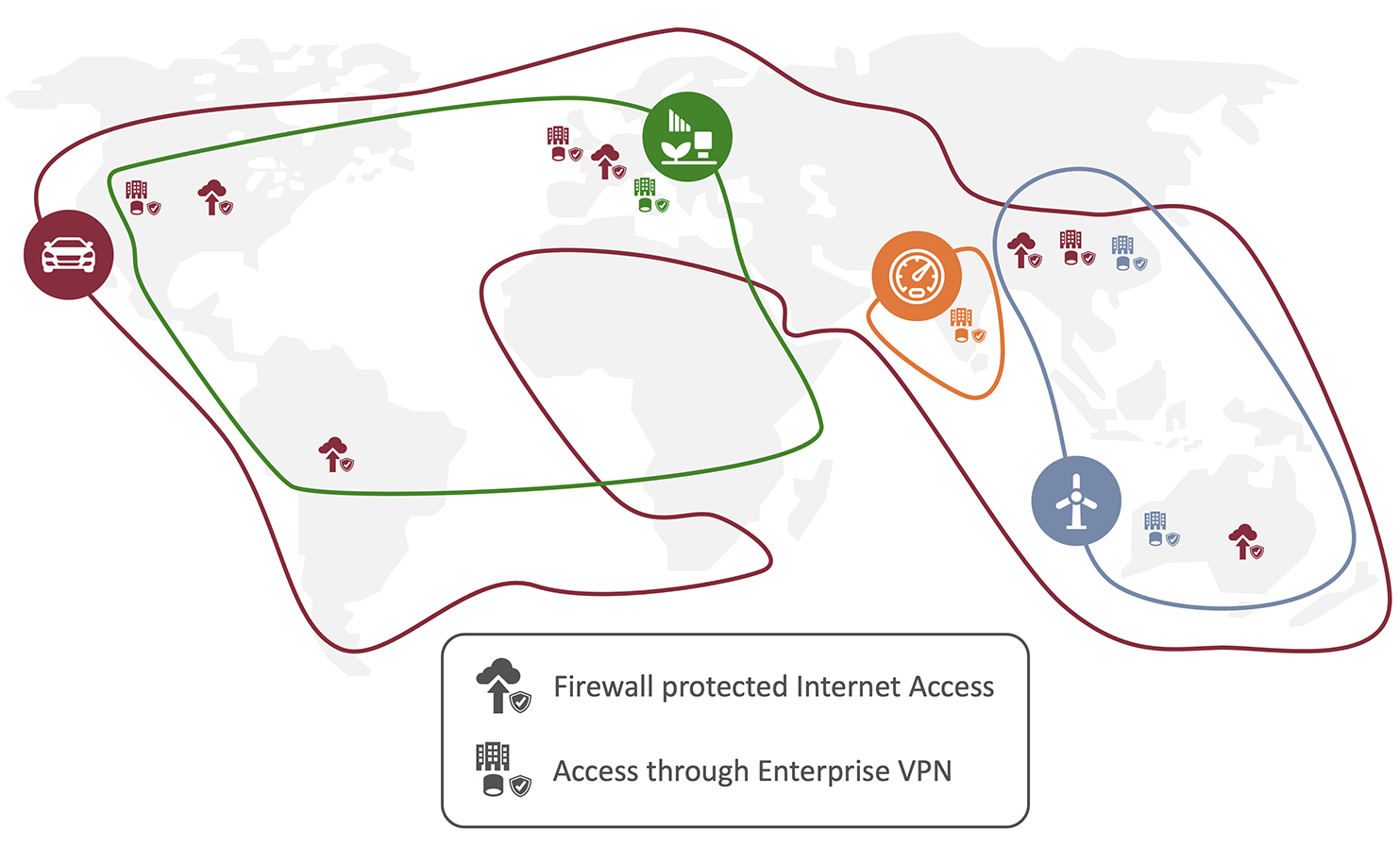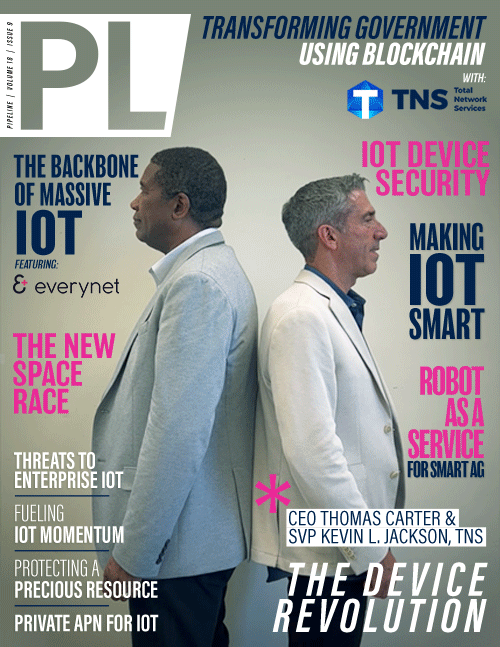Reinventing Private APN for IoT
Such a secure global SD-WAN will match customer needs much better than a private APN as most IoT suppliers are international. IoT customers may also want to include their partner companies in their SD-WAN.
So, the mobile operator must deliver a secure and global SD-WAN for IoT to each customer under one contract and with one customer support.
Enterprises also need this IoT connectivity service to be unified across country borders with devices keeping the same IP address, policies, and security.
One enterprise VPN may not be sufficient, as many customers need to split the IoT traffic from a device into different VPN connections.
For global connectivity, some traffic may need to go out locally, protected by firewalls. Sensitive traffic such as firmware updates and analytics data may need to go securely in the SD-WAN delivered via enterprise VPN tunnels back to the IoT device vendor and their partners.

Figure 2: Reinventing IoT connectivity
click to enlarge
The service delivery and control must also be the same, whether the traffic goes through roaming or localization of eSIMs. Localization is a requirement in some markets for legal and commercial reasons. However, when a mobile operator localizes a device using eSIM, they lose control of the device to the local operator.
By connecting the local partner network to their instance of the IoT CCS service, mobile operators can keep control over the IoT device even when it has been localized. The traffic will be home routed by default using the same APN name. If local traffic break-out is required, the mobile operator can establish IoT CCS service nodes at the nearest location offered by the hyperscaler.
Delivering value to the enterprise customer
Usually, operators’ mobile core and OSS/BSS teams prioritize stability before being fast on their feet, implementing every change requested by demanding customers.
Mobile operators can free themselves from these limitations with an IoT CCS service. It gives them the freedom to innovate IoT services that were impossible to achieve in a strict 3GPP environment. Mobile operators can easily tailor IoT connectivity services to the specific needs of different customer types. Let's examine a few customer cases and how a hyperscale IoT CCS service can help.
Automotive industry
A modern car is a hub of multiple IoT devices. These devices come from subcontractors of suspension, batteries, brakes, security systems, entertainment systems, and more. They all need private
connectivity for firmware upgrades and



















